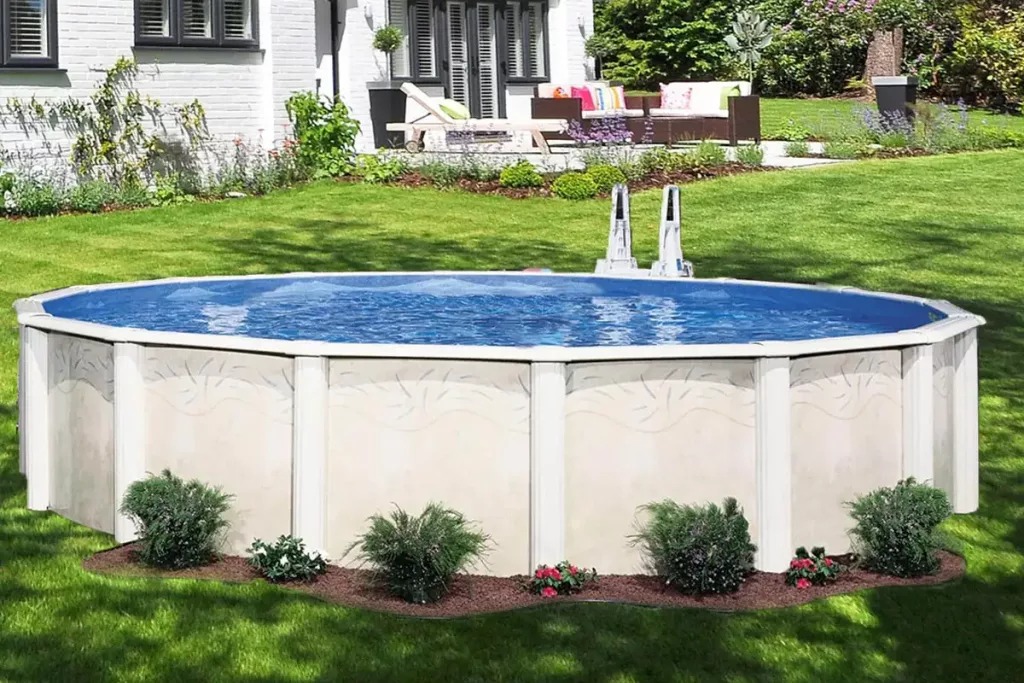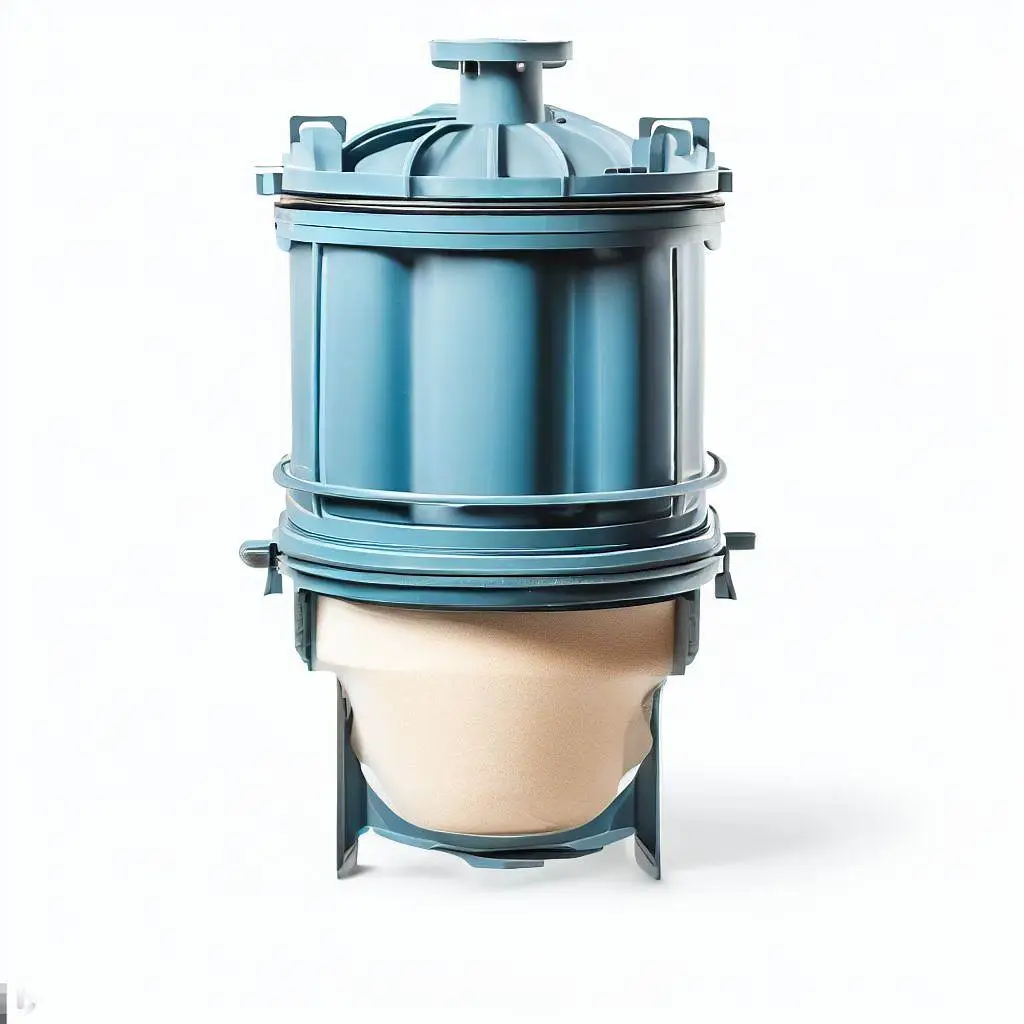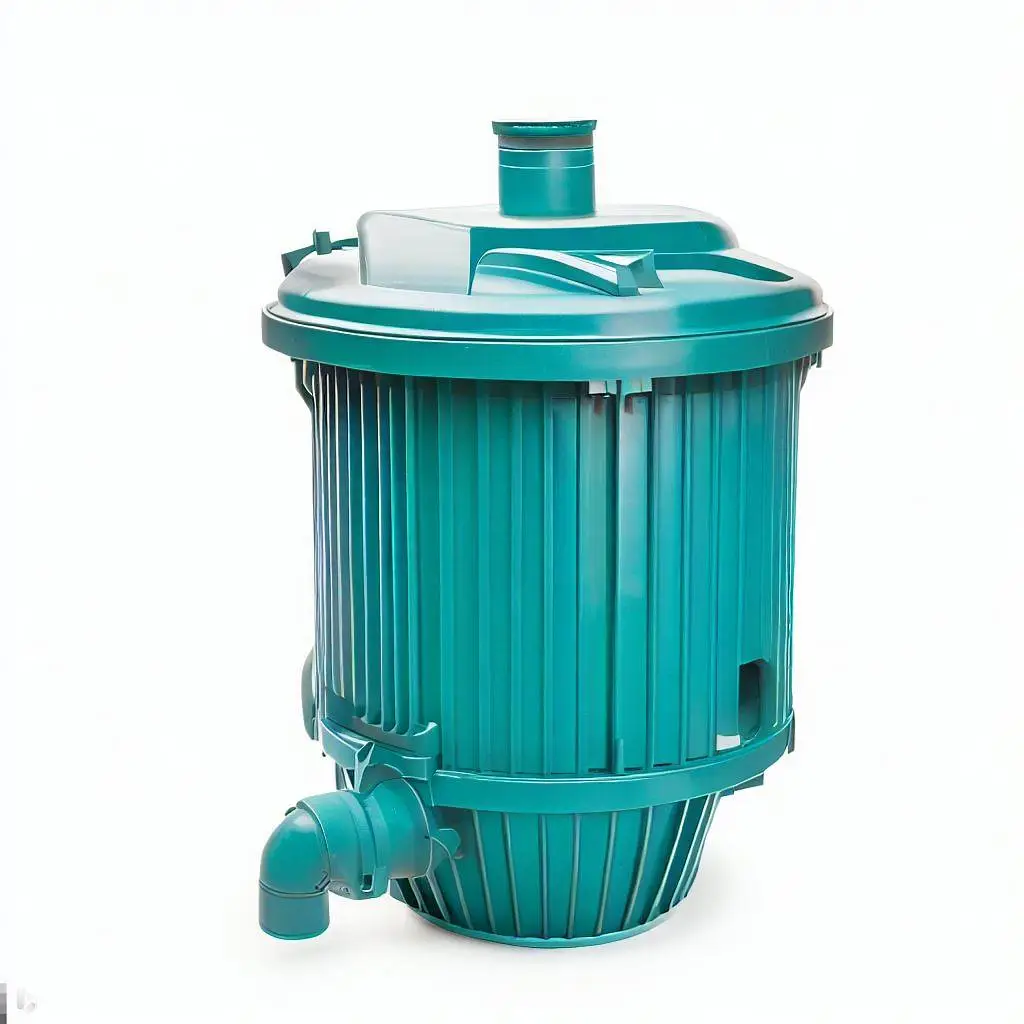
If you’re on this page, then it’s likely you have an above ground pool with a sand filter. Sand filters are a common type of filtration system used in both above ground and in-ground pools. They are known for their effectiveness in removing dirt, debris, and contaminants from pool water.

Sand filters work by passing water through a bed of sand, which traps and filters out impurities. As water flows through the sand, it undergoes a process called mechanical filtration, where larger particles are physically trapped in the spaces between the sand grains.
To maintain a sand filter in an above ground pool, regular maintenance is required. This includes backwashing the filter to remove trapped debris and periodically replacing the filter sand to ensure optimal filtration efficiency. There are specific steps to follow when winterizing an above ground pool with a sand filter. Below is a step-by-step guide:
How to winterize an above ground pool with sand filter in 11 steps
In order to winterize an above-ground pool, you should store the filter system properly to avoid any kind of damage that is created due to freezing temperatures.
- Clean the pool: Remove any debris from the pool using a skimmer net or pool vacuum.
- Balance the water chemistry: Test the water chemistry and adjust the pH, alkalinity, and chlorine levels to their recommended ranges. This step helps prevent algae growth and protects the pool surfaces.
- Shock the pool: Add a chlorine-based shock treatment to the pool water according to the manufacturer’s instructions. This helps eliminate any remaining bacteria or algae.
- Backwash the filter: Start by turning off the pump and changing the valve on the sand filter to the “backwash” position. Turn the pump back on and let it run for a couple of minutes or until the water in the sight glass (if present) appears clear. This process cleans out the filter media by reversing the flow of water.
- Rinse the filter: After backwashing, turn off the pump again and set the valve to the “rinse” position. Turn the pump back on and let it run for about 30 seconds to flush out any remaining debris.
- Drain the filter tank: Turn off the pump and close the valves on the filter. Remove the drain plug at the bottom of the filter tank and let any remaining water drain out. This step prevents any residual water from freezing and causing damage to the filter tank.
- Disconnect the equipment: Disconnect the pump, filter, and any other equipment from the electrical source. Drain any remaining water from the pump and filter by removing the drain plugs or caps.
- Store the equipment: Clean and dry the pump, filter, and any other equipment thoroughly. Store them in a dry place, such as a garage or storage shed, where they will be protected from the elements.
- Lower the water level: Lower the water level in the pool to about 4-6 inches below the skimmer opening. This prevents freezing water from damaging the skimmer and pool walls.
- Install a winter cover: Place a properly sized and secure winter cover over the pool. Make sure it completely covers the pool and is tightly fastened to prevent debris from entering.
- Winterize the plumbing lines (optional): If you live in an area with extremely cold temperatures, you may consider blowing out the plumbing lines to prevent freezing. This step involves using an air compressor to blow out any water from the plumbing lines.

Remember to consult your specific equipment’s manufacturer instructions for any additional steps or recommendations specific to your pool’s sand filter model.
Therefore, we have listed four steps to winterize the pool with the help of a sand filter naturally.
Step 1
You backwash your sand filter system as a part of the winterization process and turn off the power after the water is freely flowing from the nozzle. Then you move the valve to the rinse portion and after backwashing, let it run for approximately 30 seconds. Next, you have to restart the pump for draining the water from the pool. You can use the syphon method by connecting the backwash hose to the return or applying a submersible pump that helps to lower the remaining water to the desired level.
Step 2
After finishing rinsing and backwashing, you have to set the valve to winterize on the top mount valve and this enables the valve to release water. For sand filters, a multiport valve has been placed on the closed position and if you do not have one, squeeze the handle when leaving the valve set midway between two positions. You can protect the pump from direct exposure to the weather, so you can remove the pump as well as store it indoors in a shed.
Step 3
After doing steps 1 and 2, you have to drain the water from the above-ground pool. And for this, you have to unscrew and remove the drain cap to accomplish. And this is what you have to do until you open the pool again, so store the cap in a secured place. There is no need to clean the filter of any sand and you have to sand your sand filter system lasts for approximately 4-5 years. You may winterize any underground plumbing or heater you may have by blowing out the lines with a blower and adding a tiny quantity of antifreeze to the lines. This will stop pipes from rupture owing to water that has frozen.
Step 4
The final and last step is to unplug the filter’s hoses from all of them. You have to store the filter, hoses, and sand until the pool is ready for use as well as you have to drain the cap in a secure and dry location.
Your cover will become covered in snow, trash, and leaves during the winter. Due to the pool water being forced out of the pool, your water levels may be much lower and your winter cover and pool wall may be damaged. The next step is that you should pump rainwater to keep it from becoming too heavy. You have to be careful about pumping off the cover once in the springtime and you can open your above-ground pool by taking all these preventative methods with ease in the spring.
So, if you live in extremely cold temperatures and do not winterize your above-ground pool, then you should start the winterization process for protecting your above-ground pool from algae growth. And it helps you to keep your pool from green water which means the stunning blue pool won’t be there after chlorine systems break down.
So, you have to clean your pools well during the winterization process and you also check periodically under the cover to make sure the effectiveness of the process and solve the issues for your family and pool. Read More>>
Leave a Reply